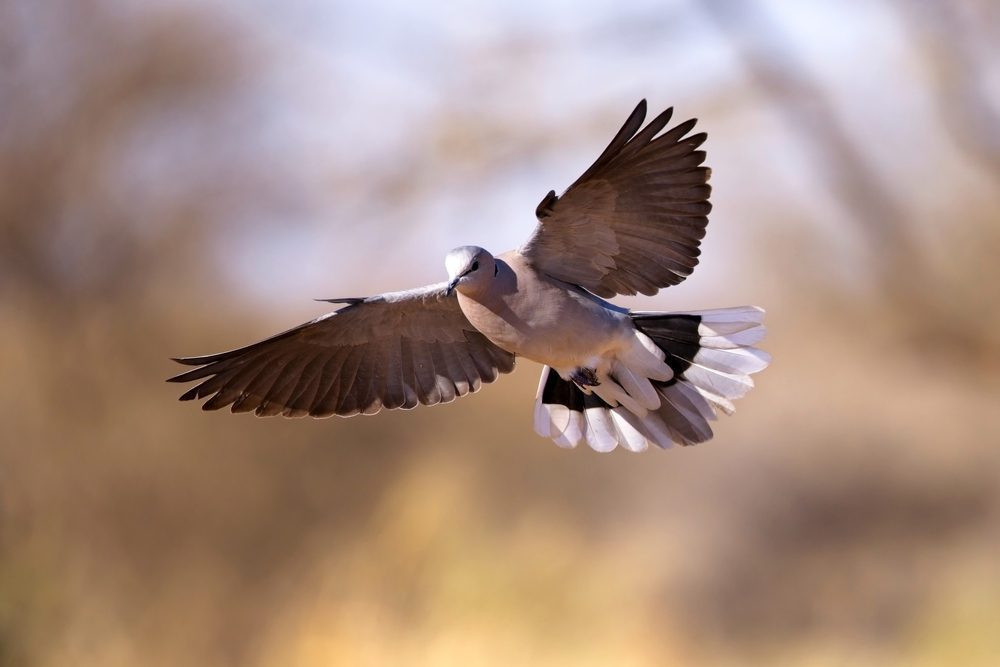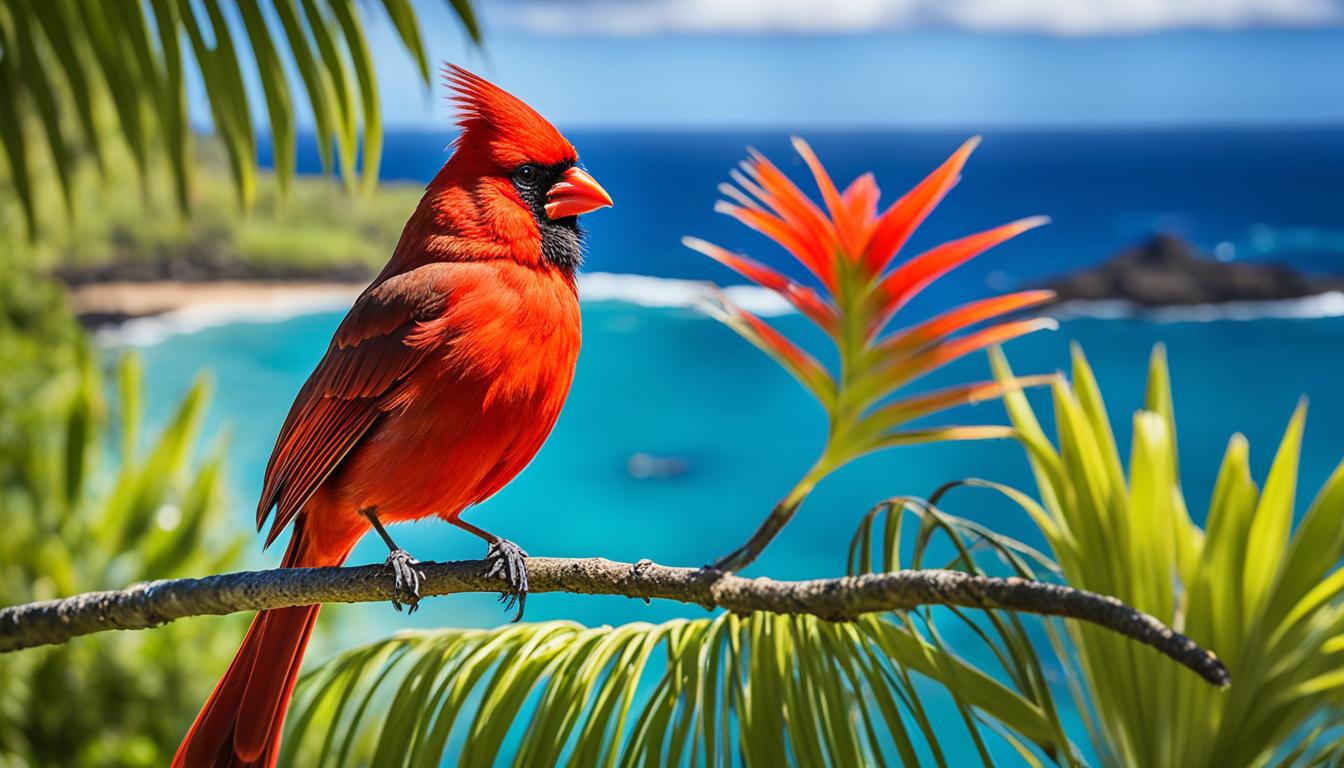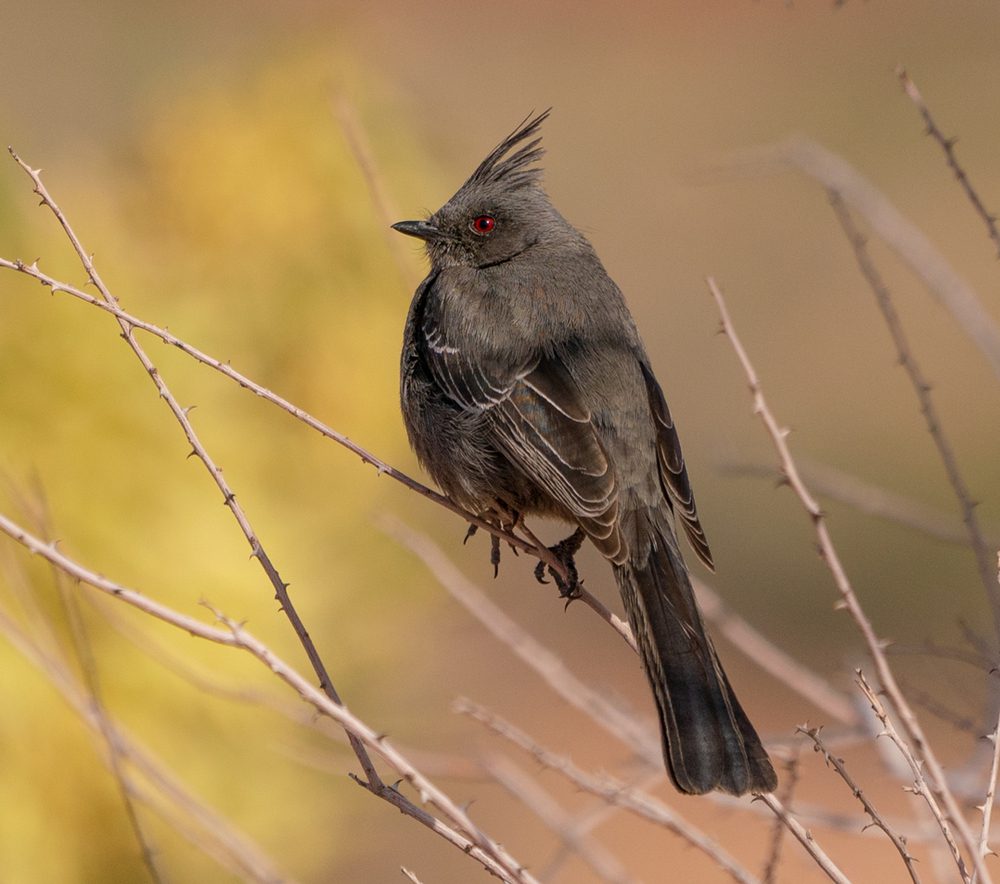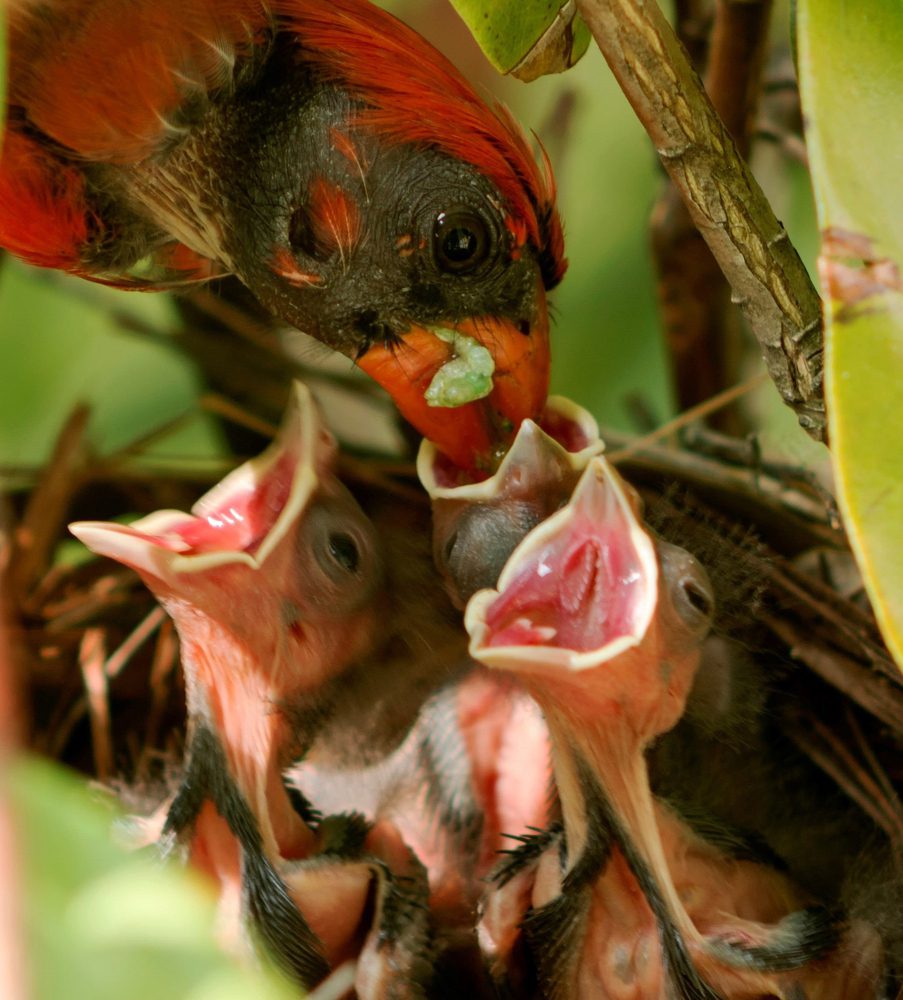Ah, the mourning dove — a bird that evokes a sense of tranquility with its soft cooing, yet often leaves bird-watchers and photographers puzzled. You might be wondering, “What’s so special about this seemingly ordinary bird?” or “How can I capture that perfect shot?” Ignoring the unique traits and behaviors of the mourning dove could mean missing out on some truly captivating moments in nature.
As someone who’s spent countless hours observing these fascinating creatures alongside experts in zoology and wildlife photography, I can assure you that there’s more to the mourning dove than meets the eye. Whether you’re a seasoned bird-watcher, an aspiring photographer, or a nature enthusiast, this article is your go-to guide for understanding and appreciating the mourning dove in all its glory.
Table of Contents
The Enchanting World of Mourning Doves Bird
An Overview of Mourning Doves
Mourning doves (Zenaida macroura) are one of the most abundant bird species in North America, found coast to coast throughout the year. Also known as turtle doves, tens of millions of these birds inhabit the U.S., and they are legally hunted in many states, including California.
These birds have adapted to a wide variety of habitats, including forest clearings, farmland, prairies, deserts, suburbs, and other open or semi-open areas. They can often be seen perched on telephone wires or foraging for seeds on the ground. While they might seem common and unremarkable at first glance, mourning doves are full of surprises.
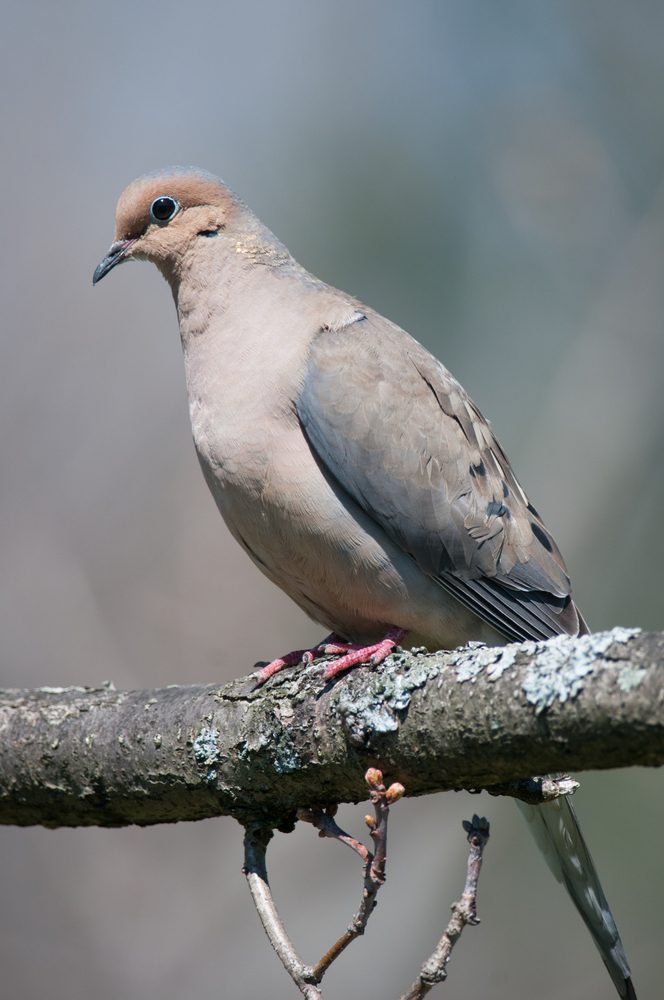
Cultural and Religious Significance of Mourning Doves
The mourning dove holds significant cultural and religious value in various cultures. For instance, a Huron/Wyandot legend tells of a maiden whose spirit was followed by all the mourning doves as she journeyed to the Underworld. When they were denied entry, their feathers were stained gray by the smoke, which is why they are said to be in perpetual mourning.
These birds are also mentioned frequently in Native American literature, with one of the first published Native American women authors choosing ‘Mourning Dove’ as her pen name. Furthermore, the eastern mourning dove is Wisconsin’s official symbol of peace and is also Michigan’s state bird of peace.
Physical Description of Mourning Doves
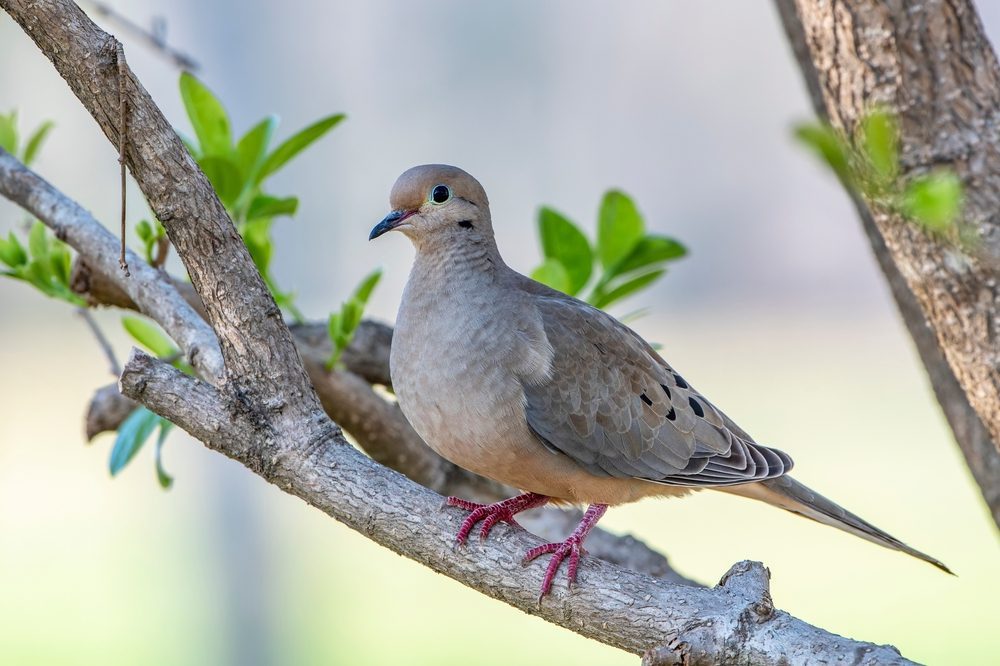
Size, Weight, and Appearance
Mourning doves are medium-sized birds, usually measuring between 9 to 13 inches in length. They have a wingspan of about 17 to 18 inches and weigh approximately 4 to 6 ounces. Their bodies are slender and light-gray or brownish-gray in color, with slightly pinkish hues on the chest. Their tails are long and pointed, with white edges that become conspicuous when the bird is in flight.
Unique Characteristics
One of the key distinguishing features of mourning doves is their soft, mournful cooing sound, which can often be mistaken for an owl’s hoot. They also possess a unique ‘wing whistle’ sound that can be heard during take-off and landing. This whistling noise is created by the air rushing through their wing feathers.
Habitat of Mourning Doves
Common Locations Across the Continent
Mourning doves are found across North America, from southern Canada to Central America. They are particularly abundant in the United States, where they can be seen in nearly every state at different times of the year. You can check mourning doves location on allaboutbird webpages
Preferred Environments
These birds prefer open or semi-open habitats with scattered trees or shrubs for nesting and roosting. They avoid dense forests but can adapt to various environments, including farmland, suburbs, prairies, and even deserts. They are also often seen in urban areas, perched on telephone wires or feeding in parks and gardens.
Behavior and Lifestyle of Mourning Doves
Daily Activities
Mourning doves are primarily diurnal, meaning they are most active during the day. Their daily activities mainly consist of foraging for food on the ground, preening, and sunbathing. However, when it’s time to rest, they prefer to roost in trees or shrubs.
Calls and Sounds
The mourning dove is named for its distinctive, plaintive cooing sound, which is often described as mournful or sorrowful. Males use this call to attract females, while paired males use a nested call to invite their mates to the nest sites. They also produce an alarm call when threatened. Interestingly, when mourning doves take off or land, their wings make a unique fluttery whistling sound that distinguishes them from other birds.
The Diet of Mourning Doves
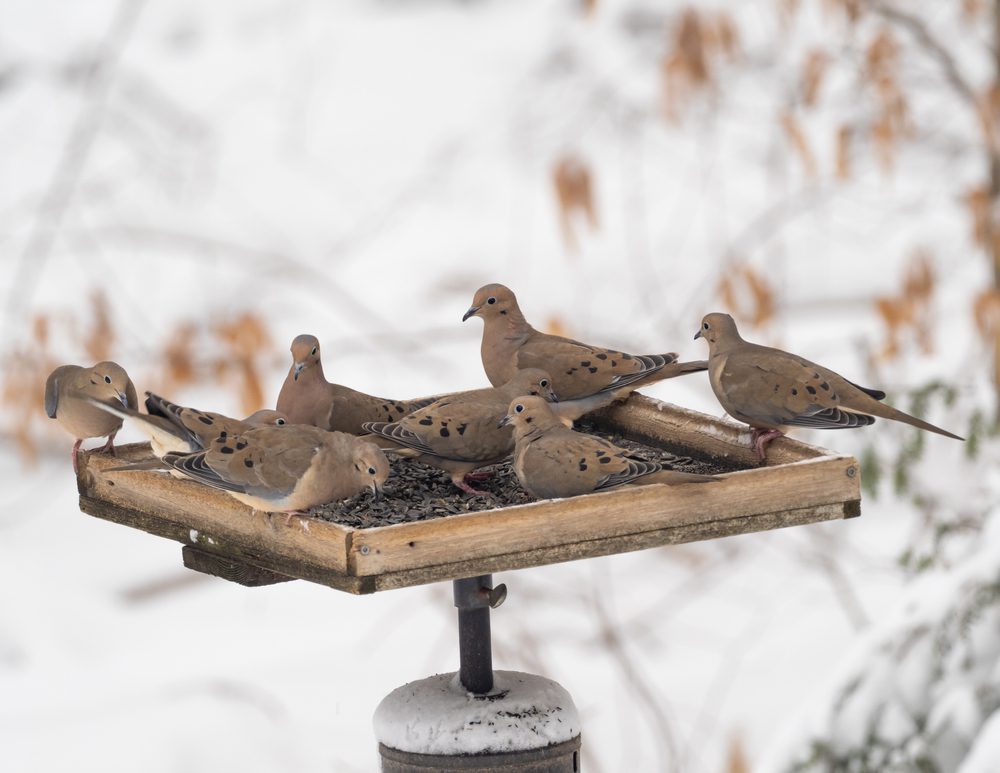
Foods They Prefer
Mourning doves have a seed-based diet, with seeds making up more than 99% of their food intake. They show a preference for certain plant species over others, favoring pine nuts, sweetgum seeds, pokeberry seeds, amaranth, canary grass, corn, sesame, and wheat. When these foods are not available, they will eat the seeds of other plants such as buckwheat, rye, goosegrass, and smartweed.
How They Forage for Food
These birds typically forage on the ground, walking but not hopping. They do not scratch or dig for seeds; instead, they eat what is readily visible on the ground. They often swallow grit, such as fine gravel or sand, to assist with digestion. At bird feeders, mourning doves are attracted to a wide range of seed types, including rapeseed, corn, millet, safflower, and sunflower seeds.
Reproduction and Nesting Habits
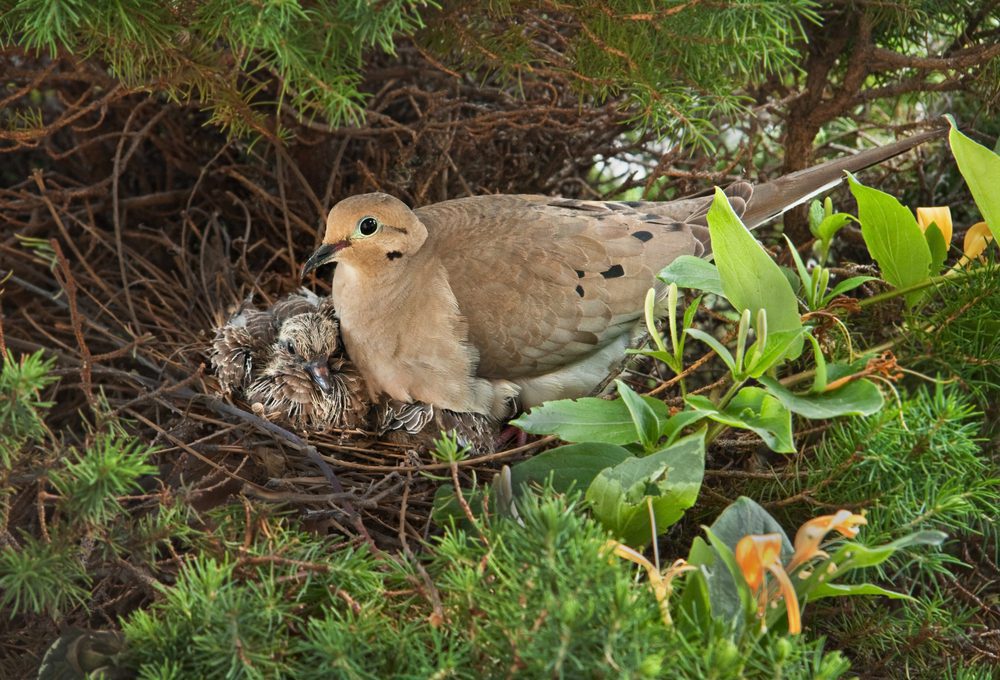
Mating Rituals
The courtship process of mourning doves involves the male flying up with noisy wingbeats and then gliding in a circular path back down to a perch near the female. The male then puffs out his chest, bobs his head, and coos while turning to show off his attractive blue-grey wings. If the female is receptive, she will preen and nuzzle him in return.
Incubation and Parenting
Mourning doves typically have two broods per year, but in warmer climates, they can have up to six broods annually. Both parents share the responsibilities of incubating the eggs and feeding the chicks. After about two weeks, the eggs hatch into small, helpless chicks that rely entirely on their parents for food and protection.
Number of Offspring
Typically, mourning doves lay one to two eggs per brood. On rare occasions, they might lay three or four eggs, but this is uncommon. The eggs are white and elliptical in shape. Both parents take turns incubating the eggs for about two weeks untilthey hatch.
Conservation Status and Threats
Current Conservation Status
Despite their widespread hunting, mourning doves are far from endangered. They are one of the most abundant bird species in North America, with a population estimated to be in the tens of millions. Their adaptable nature and broad range have enabled them to thrive across diverse habitats.
Threats to Mourning Doves
The primary threats to mourning doves include habitat loss due to urban development and agriculture, predation by cats and birds of prey, and diseases such as avian pox and trichomoniasis. Additionally, they are also one of the most hunted game birds in North America, which can lead to significant population declines in certain areas.
Ways to Help Protect Mourning Doves
While mourning doves are not currently in danger of extinction, it’s important to ensure their populations remain stable. You can help protect these beautiful birds by creating bird-friendly habitats in your backyard, refraining from using pesticides that can harm them, and supporting conservation efforts aimed at preserving their natural habitats.
Conclusion
Recap: What Makes Mourning Doves Unique?
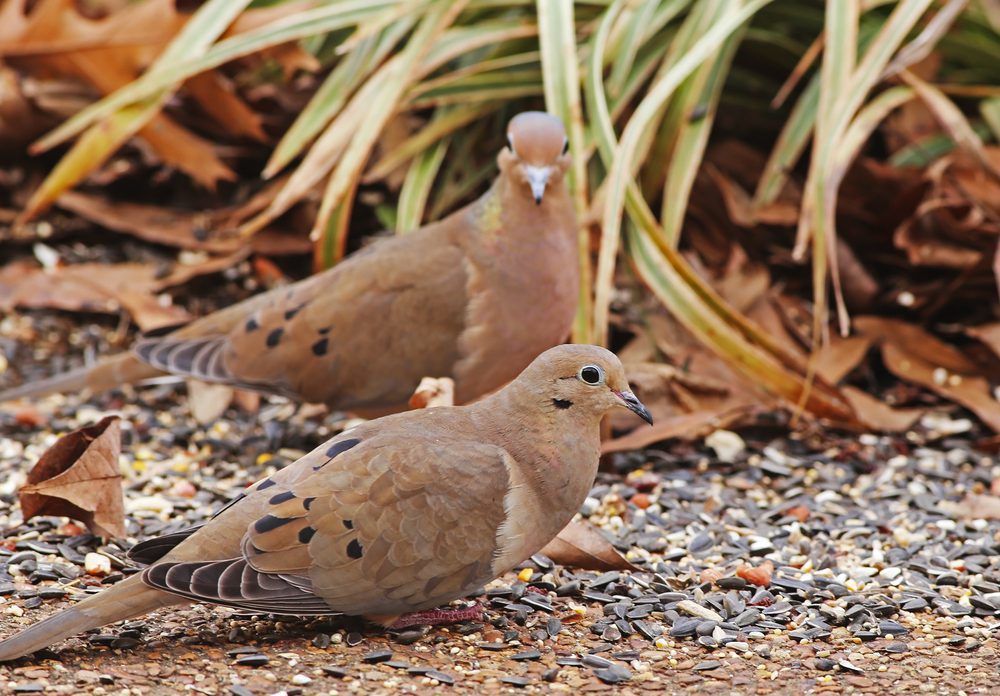
The mourning dove is a fascinating bird with a unique combination of characteristics. From its mournful cooing and wing-whistling sounds to its distinctive gray-brown color and pointed tail, this bird is a true marvel of nature. It has a wide geographical distribution and is well-adapted to various habitats, making it a common sight in many parts of North America. FYI we could also see woodpecker bird in North America
Mourning doves also hold significant cultural and religious value in various societies and are often seen as symbols of peace. They play a crucial role in the ecosystem, helping with seed dispersal and providing food for various predators. Despite being one of the most hunted game birds, their population remains stable thanks to their adaptability and high reproduction rate.
Final Thoughts on Mourning Doves
Mourning doves are more than just common backyard birds; they are remarkable creatures with intriguing behaviors, significant cultural value, and impressive adaptability. By learning about them, we can appreciate their presence in our surroundings and understand the importance of protecting their habitats. So the next time you see a mourning dove perched on a wire or hear its mournful coo, take a moment to admire this incredible bird and its contributions to our ecosystems.

